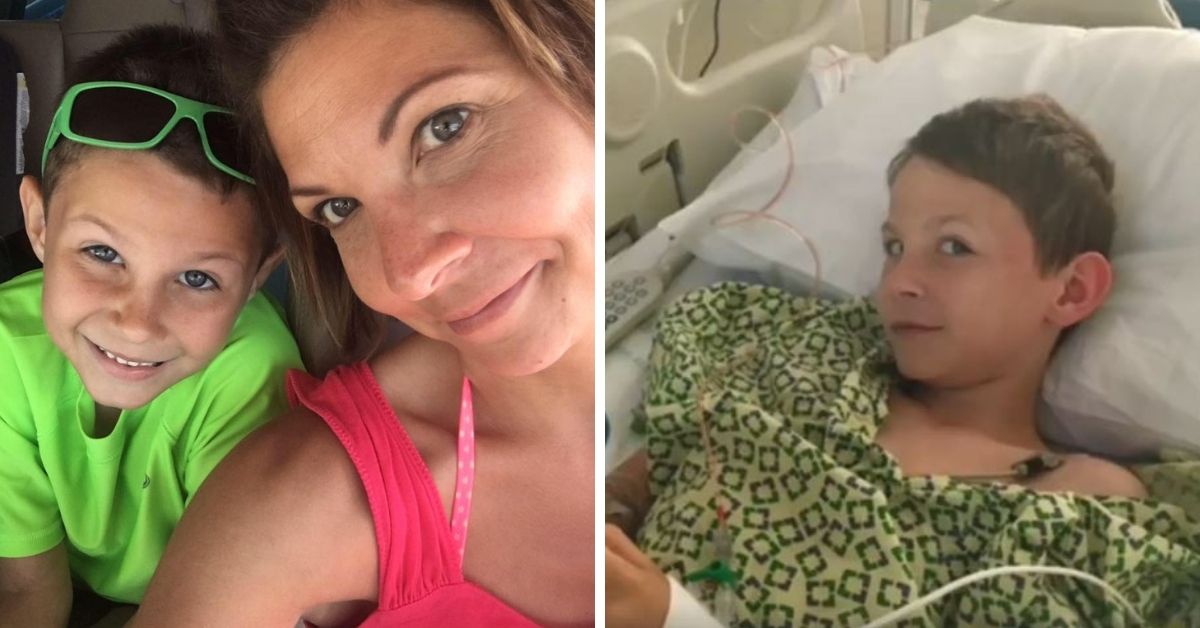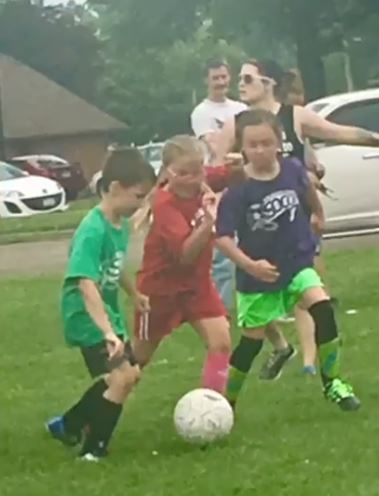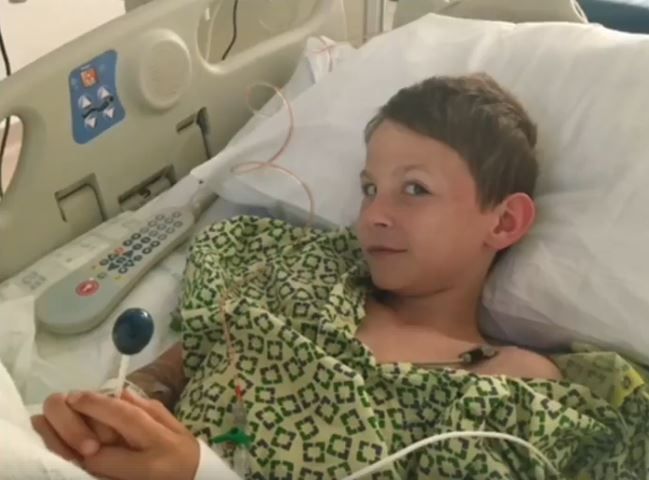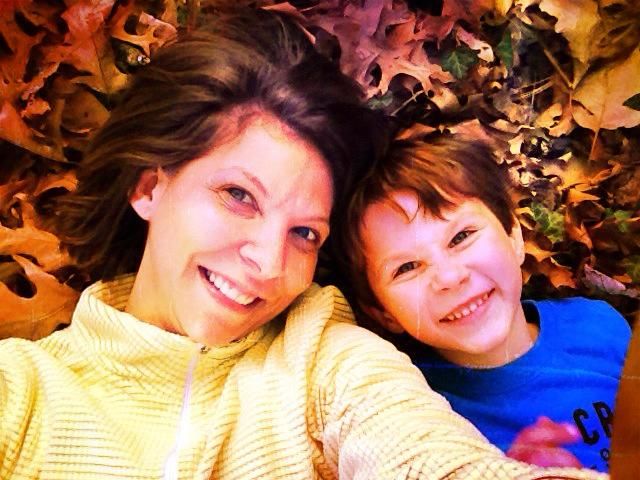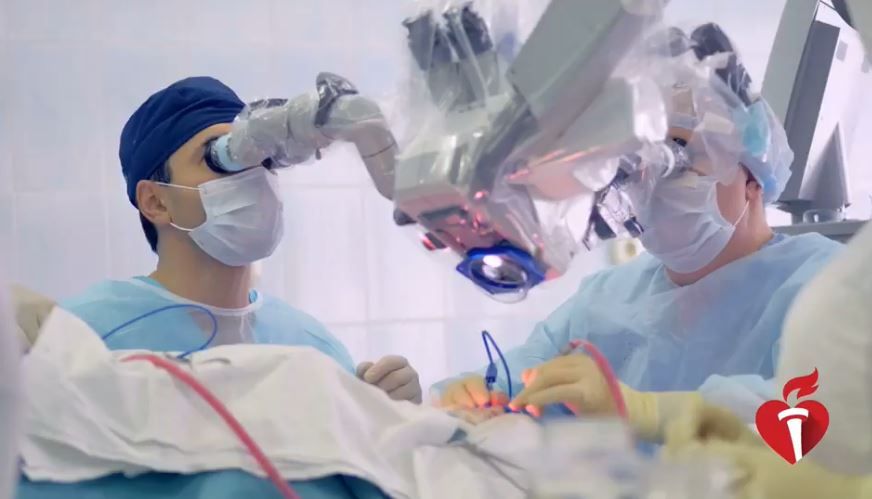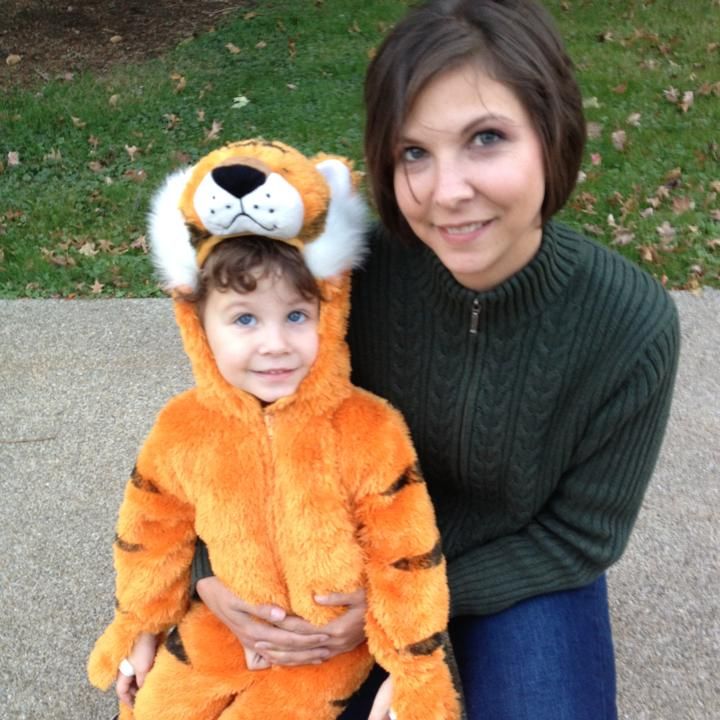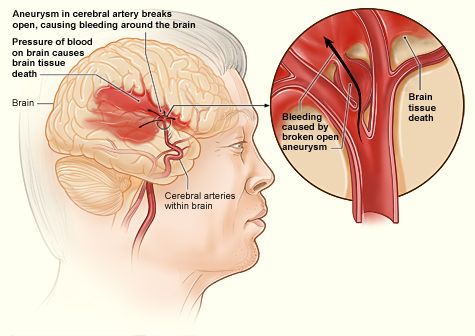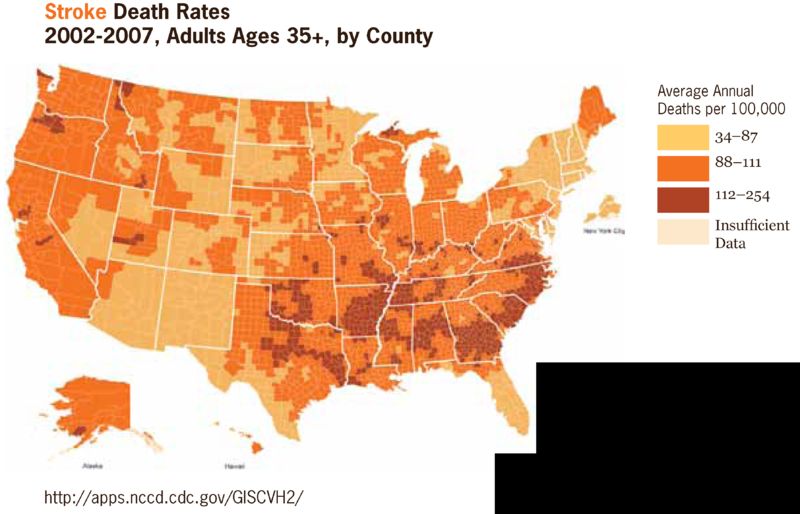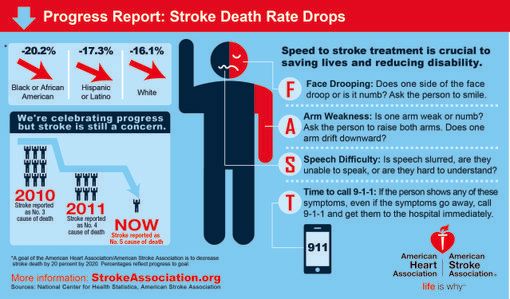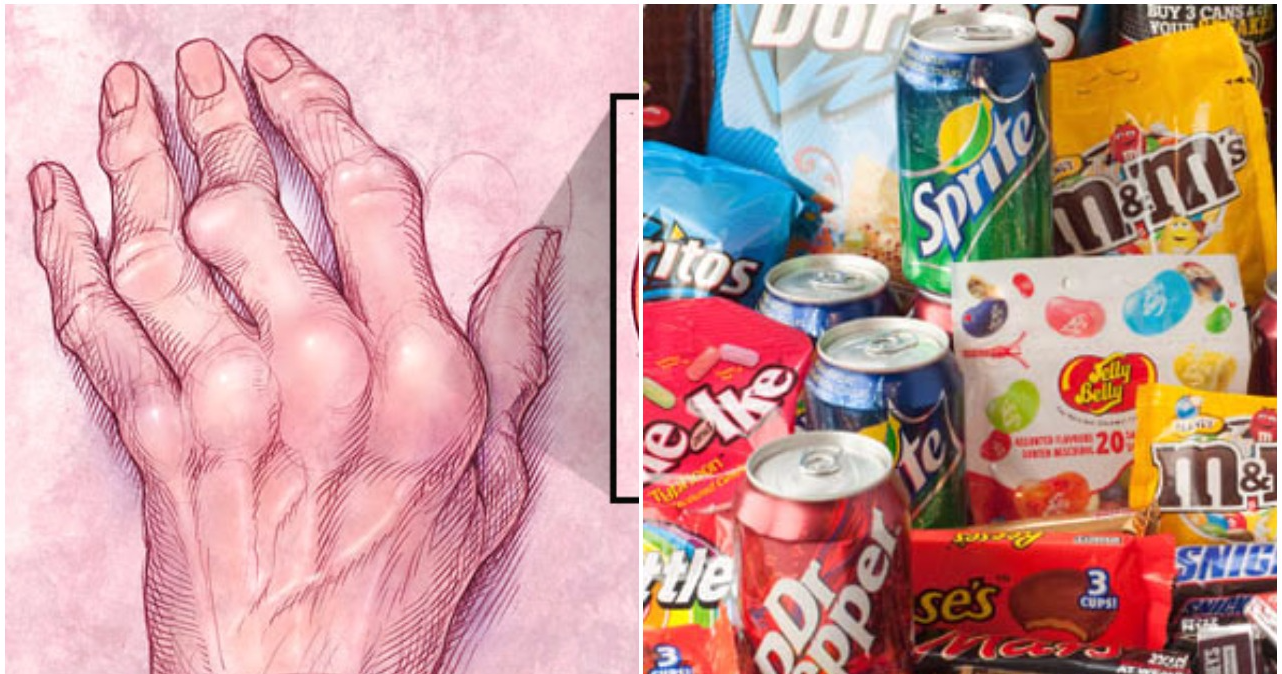When we hear that someone has suffered a stroke, we usually imagine them to be a sickly senior - not a healthy child.
Most of us typically see kids as the epitome of good health, but like everyone else, they're not immune from facing heartbreaking conditions.
But tragedy struck a Mineral City, Ohio boy after he complained of a headache while playing in an afternoon soccer match.
The incident
Back in June, seven-year-old Stephen Corner was sitting on his mother's lap during a break in the game when he suddenly collapsed.
He was unable to sit back up, could only make mumbling sounds, and was clutching his face. His mother Nicole Cavall rushed him to the Cleveland Clinic Union Hospital, where they received the shocking news.
Corner was later flown to the Cleveland Clinic Children's Hospital, and after doctors ran a handful of tests, they confirmed Corner had suffered from a pediatric stroke.
Neil Friedman, director of the Center for Pediatric Neurosciences at Cleveland Clinic Children's Hospital said in an interview with Daily Mail Online that they believe the stroke was caused by an inflammatory response to a prior viral illness.
It's thought it then provoked a clot to form in one of his main cerebral arteries in his brain.
"Our theory is [the stroke is] not directly due to the virus but the body's inflammatory response," Friedman said.
"So it doesn't occur acutely with the virus but some weeks or months after the virus - and that causes some narrowing or weaknesses in part of the brain."
"He'd never had a medical problem in his life."
Cavall said the diagnosis took her by surprise, as she "never heard of a child having a stroke."
"He'd never had a medical problem in his life," she said in an interview with the Cleveland Clinic.
However, Friedman said Cavall isn't the only parent unaware kids can suffer from strokes.
"There is a lack of awareness that stroke occurs in children. People tend to dismiss the signs of a stroke as almost anything else."
We know there are a lot of mimics to a stroke. In adults, if there's weakness, it's diagnosed as a stroke unless proved otherwise.
For children, it can be the result of complicated migraines, weakness after a seizure, and we actually have to do an MRI to diagnose a stroke."
Friedman explained this is why most children don't come to the hospital more than 24 hours later.
"He's made terrific progress and a tremendous recovery."
Corner eventually had a mechanical thrombectomy - a procedure rarely performed on kids.
"The catheter is inserted into an artery in the groin and then it's threaded up to the brain," explained Friedman.
"This special catheter essentially has like a l little basket which can expand around the clot, close it and retrieve it."
Friedman said the surgery was a success, and when the youngster awoke, he was slowly able to talk.
Corner was closely monitored during his recovery, and was able to return to school in September. Cavall said aside from the occasional memory lapse, he's back to normal.
"He's made terrific progress and a tremendous recovery," Friedman said. "There's a plasticity in children's brains that allows them to bounce back more quickly from a stroke than maybe an adult might."
What is a stroke?
The National Stroke Association classifies a stroke, otherwise known as a cerebrovascular accident (CVA), as when blood flow to an area of brain is cut off.
Once this occurs, the brain cells to become deprived of oxygen, causing them to die off.
When a person experiences the onset of a stroke, the first 30 minutes is the most critical moments for medical professionals.
During that time they must evaluate the type of stroke an individual is suffering from and what areas of the brain are affected by it.
After that time period, physicians will have a significantly more difficult time finding a diagnosis due to the increased amount of blood in the brain.
The statistics
According to a study published in the Journal of the American Medical Association Neurology, while about 75% of strokes occur in people 75 years or older, the Children's Hospital of Philadelphia reports that around 12 in 100,000 children under 18 can also suffer from the life-threatening medical condition.
Children who have sickle cell anemia, congenital heart defects or issues with blood clotting are more likely to be at risk for strokes, which is the sixth leading cause of death in children.
Friedman said Corner is now part of a study at the Cleveland Clinic that is "looking at different viruses and viral markers to see which once might cause a stroke."
"There needs to be a general awareness that strokes can happen in children.
We really need funding and support to help these children. Pediatric stroke is three times more common in children than brain tumors.
But everyone has heard of brain tumors in children, so there's lots of research and funding in those fields."
Remember FAST
If you suspect someone is having stroke, the National Stroke Association has created an easy way to identify the most common symptoms through FAST.
- FACE: Ask the person to smile. Does one side of the face droop?
- ARMS: Ask the person to raise both arms. Does one arm drift downward?
- SPEECH: Ask the person to repeat a simple phrase. Is their speech slurred or strange?
- TIME: If you observe any of these signs, call 9-1-1 immediately.
By remembering this acronym, you can save a person's life.
[H/T: Daily Mail]
